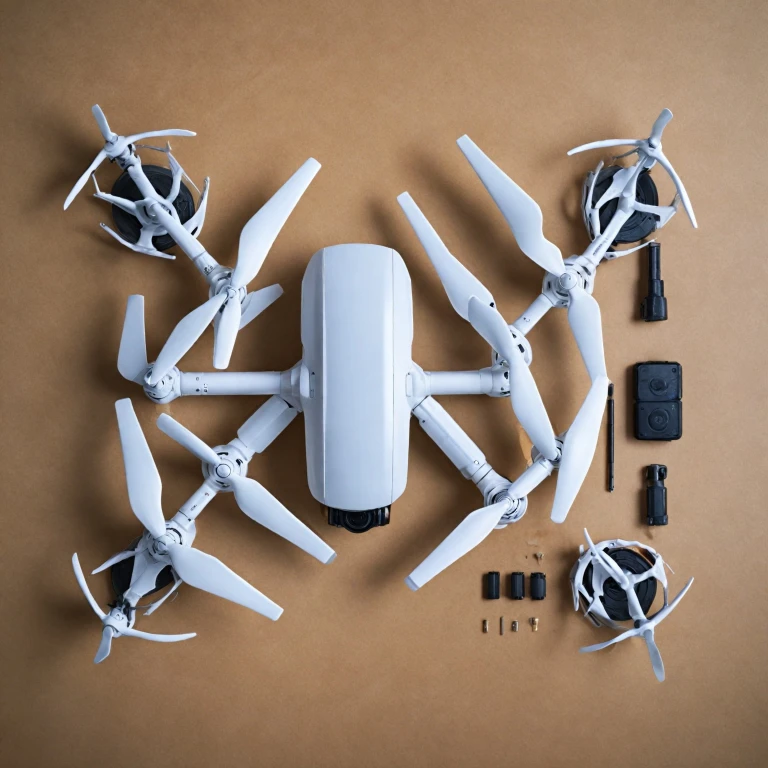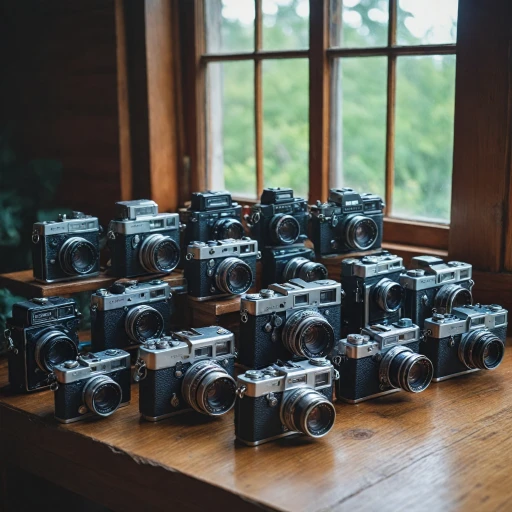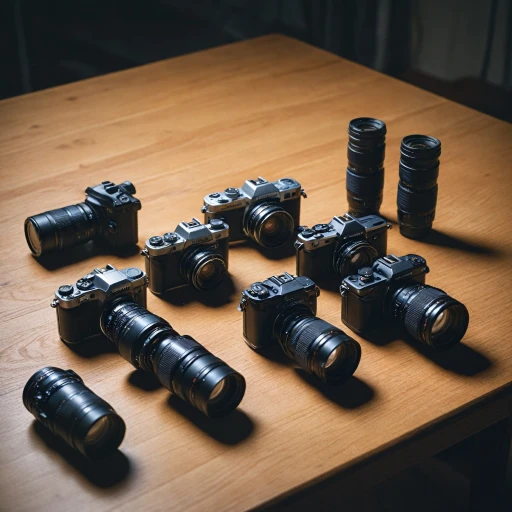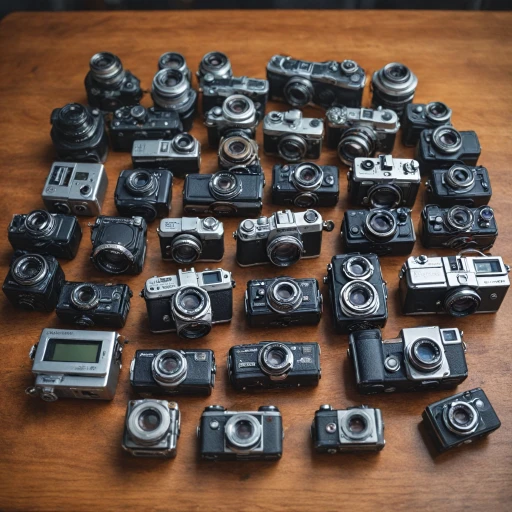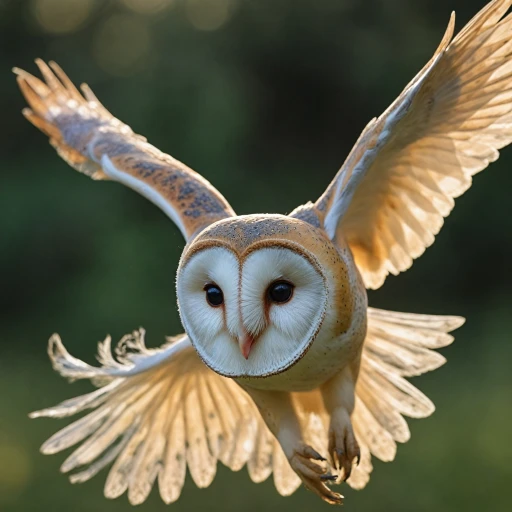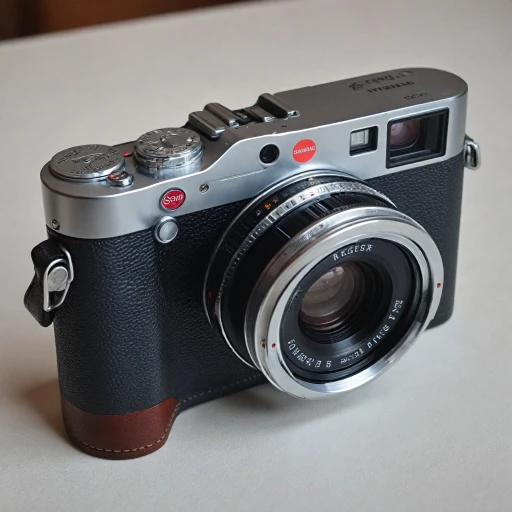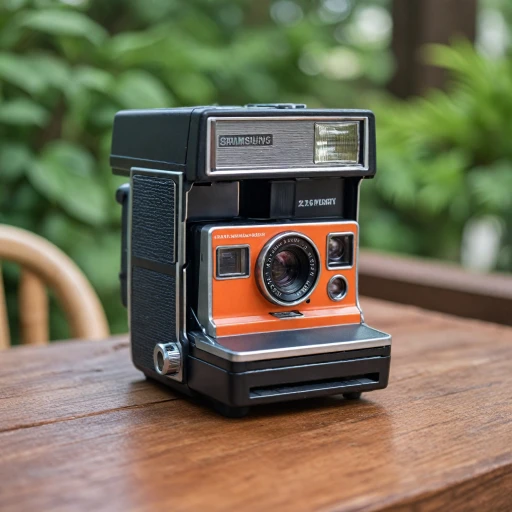
Understanding the Core Components
Delving into the Core Features
When considering drones, the importance of understanding the core components cannot be overstated. These elements are what make a drone, like the DJI Mini 3 or the DJI Mavic series, fly with precision and reliability. To start, users should familiarize themselves with the core structure which includes the frame, arms, and landing gear. High-quality materials, often used in original parts, ensure stability and durability, particularly when replacing with OEM parts. Let's not overlook the pivotal role of camera and gimbal units in improving aerial footage. For enthusiasts looking to capture high-quality, stable images, investing in a pro drone system could be well worth the sale price you find online. Meanwhile, propulsion systems made up of efficient motors and rotors ensure that the flight is smooth and can handle various wind conditions. This becomes crucial for maintaining control during operations and for those aiming to get the most out of their flying experience. The propulsion system works hand-in-hand with the battery and power management, which are essential in determining flight duration and overall performance. Utilizing genuine accessories and parts can optimize your drone’s longevity and efficiency. Don't forget to consider the remote controller features; they allow seamless navigation and control over the drone's movement, supported by comprehensive technology geared towards user convenience. Finally, regular maintenance and the availability of replacement parts can extend the life of your drone, ensuring you get the most out of its capabilities. For those who are drone enthusiasts and wish to explore cameras beyond the traditional setup, exploring the capabilities of some of the best trail cameras can provide an insightful comparison and enhance your understanding of camera technology.Camera and Gimbal System
The Art of Precision: Camera and Gimbal System
The DJI Mini 3 boasts a sophisticated camera system that reflects its status as a pro drone in the compact category. Central to this is the 4K resolution provided by the gimbal camera, ensuring crisp and clear visuals. The high-quality footage is ideal for both hobbyists and pro videographers seeking to capture stunning aerial shots. With the demand for 4K resolution on the rise, it's crucial to understand its impact on modern camera technologies, which you can explore in more depth here. The gimbal, which stabilizes the camera, is a pivotal component that sets the DJI drones apart from many of their competitors. This precise system allows for smooth motion filming and the ability to capture well-balanced shots even under challenging conditions. The gimbal module ensures that with every tilting, panning, and rolling, the footage remains stable, giving users professional-quality results. Moreover, the camera’s capabilities are furthеr enhanced by a range of drone accessories and replacement parts marketed as OEM DJI products. Though these are often available at a sale price, investing in original parts is recommended to maintain the drone’s integrity and performance. In terms of value, the price original of these modules justifies the advanced technology and the seamless integration they offer with the drone’s overall system. Exploring the various components like the front arm and camera gimbal can give users insights into the craftsmanship skillfully embedded in the DJI Mini 3’s design.Propulsion System
Propulsion System and its Dynamics
The propulsion system of the DJI Mini 3 is a truly integral part of how this powerful drone achieves its incredible flight capabilities. When delving into the mechanics, the propulsion system is responsible for generating the lift and thrust that keeps this mini marvel airborne. Here's how it breaks down:- Motors and Arms: Each arm holds a motor that spins the propeller, working in tandem with the others to lift the drone. The front arm and rest of the arm module design aid the drone's agility, making it responsive to the remote controller's commands.
- Propellers: These crucial parts convert motor energy into flight power. High-caliber propellers in the DJI Mini 3 ensure smooth rotation and stability, reducing noise during flight. The use of OEM parts DJI provides guarantees that these components meet high-quality standards.
- Physics of Flight: The dynamics of the drone's movement hinge on its ability to leverage thrust, weight, drag, and lift, harmonizing these forces allows for precise navigation even in challenging wind conditions.
Battery and Power Management
Powering Your DJI Mini 3: Battery Insights
The battery and power management system of the DJI Mini 3 is a crucial component that ensures your drone stays airborne for extended periods. Understanding the intricacies of this system can enhance your flying experience and prolong the life of your drone.
At the heart of the DJI Mini 3's power system is a high-capacity battery, designed to provide optimal flight time while maintaining a lightweight profile. This balance is essential for achieving the drone's impressive flight capabilities. The battery's design allows for easy installation and removal, making it convenient for quick swaps during field operations.
Key features of the DJI Mini 3 battery system include:
- Intelligent Battery Management: The system monitors battery status in real-time, providing alerts for low power and ensuring safe return-to-home functionality.
- Efficient Charging: The battery supports fast charging, reducing downtime between flights. This is particularly beneficial for professional drone operators who require minimal interruptions.
- Durability and Safety: Built with high-quality materials, the battery is designed to withstand various environmental conditions, ensuring reliability and safety during flights.
For those looking to enhance their DJI Mini 3 experience, investing in additional batteries and a multi-battery charging hub can be a wise decision. These accessories not only extend your flight time but also provide flexibility in managing power resources efficiently.
As with any electronic device, regular maintenance of the battery and power system is essential. This includes checking for any signs of wear and tear, ensuring proper storage conditions, and using only OEM DJI parts for replacements. By doing so, you can maintain the integrity of your drone's power system and enjoy a seamless flying experience.
Remote Controller Features
Key Features of the Remote Controller
The remote controller is an essential component for operating the DJI Mini 3, offering precision control and facilitating an immersive flying experience. Here’s what you need to know about its primary features:- Ergonomic Design: The controller is designed with user comfort in mind, featuring an ergonomic shape that is easy to hold for extended flying sessions. This thoughtful design ensures pilots can maneuver the drone with ease.
- Seamless Connectivity: The remote utilizes advanced technology to maintain a stable connection with the drone, which is crucial for preventing signal loss during flight. This uninterrupted communication between the remote and the drone helps ensure precise control.
- Comprehensive Controls: It provides an array of controls at your fingertips. From adjusting the camera angles via the gimbal system to toggling different flight modes, the remote offers a comprehensive interface for all drone operations.
- Real-Time Data Transmission: The controller is equipped to transmit live flight data, including battery levels and flight status. This real-time information is vital for making informed decisions and planning safe flights.
- Compact and Portable: Keeping in line with the Mini Pro ethos, the remote is compact, making it convenient to carry along with your drone accessories. Despite its size, it does not compromise on functionality.
- Compatibility with Other DJI Units: Many users appreciate that the remote is compatible with various DJI units, offering a unified controlling interface across different models like the DJI Mavic and DJI Air series.
Maintenance and Replacement Parts
Maintaining and Replacing Components
Maintaining your DJI Mini 3 drone is critical to ensuring its longevity and continued performance. Regular maintenance not only helps in smoother operation but also prevents costly repairs or replacements. Here's a breakdown of essential aspects to consider:- Routine Inspections: Regular checks of the mini drone's integrity can ward off unexpected issues. Inspect key components such as the front arm and the remote controller to ensure they’re free from damage or wear.
- Cleaning: Keeping the gimbal and camera system clean is vital. Dust or debris can affect image quality and movement. Use proper cleaning accessories designed specifically for drones for best results.
- Propulsion System Care: The mini DJI’s propulsion system, discussed earlier, should be free from obstructions. Regularly check the arms and propellers for signs of damage or fatigue.
- Battery Health: Battery and power management are crucial for your drone's performance. Ensure that the battery is in good condition, as a malfunctioning battery can lead to reduced flight time or complete failure mid-air.
- OEM Parts Replacement: When replacement parts like the arm module or gimbal require a change, it's best to purchase original parts. This ensures compatibility and maintains the performance integrity intended by DJI.
